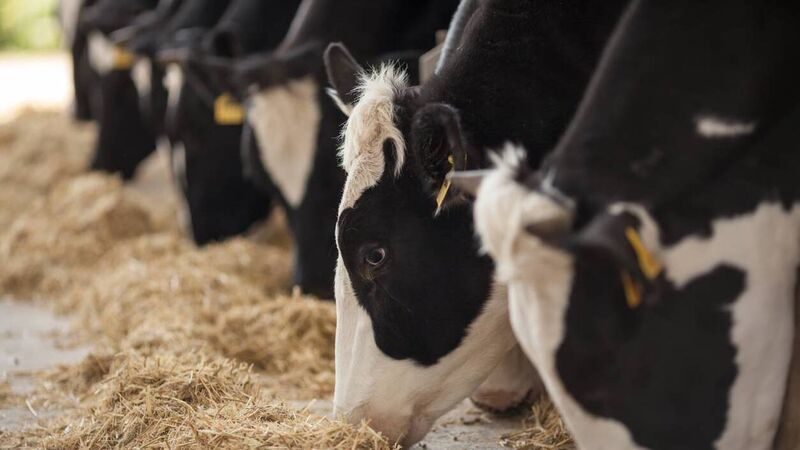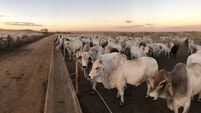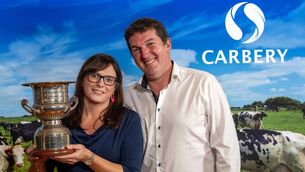Getting stock and sheds ready for winter housing

It is important that sheds and facilities are ready well in advance of housing, as you never know when the Irish weather might force stock indoors. Picture: iStock
As the harvest is approaching its end for another year and we have finally gotten some badly needed rain, we must now begin to look to the stock going indoors in the months ahead.
The evenings are closing in and we are a month from the ploughing. It is always helpful to prepare well in advance before housing.
What issues around facilities do you need to address from last winter?
Were there any safety concerns surrounding both people and stock?
Did you have problems with ventilation, leading to health issues in stock?
It is important that sheds and facilities are ready well in advance of housing, as you never know when the Irish weather might force stock indoors.
Sheds should be cleaned out and disinfected before stock return inside, particularly young stock housing.
Don’t leave it until the last minute to get sheds ready, as you never know what jobs might need to be done until you take a walk around and make a list.
You may need help to get some of your facilities in order. Starting early will make it easier to get that help well in advance of housing.
Calving boxes should be cleaned, out and maybe you should consider whitewashing the walls as it makes it easier to view animals on calving cameras.
Check that your calving gate is in full working order. Remember that you should also check that your calving camera is working correctly in advance of housing.
It is easier to do any repairs when no animals are in a shed. Calving 2023 may be a long way off, but getting ready sheds ready now will make planning for next spring much more streamlined.
Ideally all housing facilities should be cleaned out before the new housing period starts.
Newly housed animals of all ages are stressed, and as a result are more prone to diseases which may be present in sheds.
As a result, slats, cubicles, and straw sheds should ideally be power-washed and disinfected pre-housing.
Allowing concrete to dry before applying disinfectant is also good practice for the product to work more effectively.
Also remember to clean out meal and water troughs thoroughly before the next batch start feeding out of them. This is particularly important for calf rearing equipment.
- Check that all structures and fittings in your sheds are still sound after last winter.
- Ensure that feed barriers are secure and that all bolts and locks are in working order. Any faults could result in injury to you or your animals.
- Water troughs should be inspected for any leaks, and you should also insure that they are fixed securely to walls or gates. They should also be cleaned out and disinfected. Ballcocks are temperamental things and some might be better off replaced than “fixed” · Water pipes and fittings should be checked for faults and replaced where necessary.
- Are all doors and gates swinging correctly and safely before stock return indoors? Old or broken fixtures should be repaired or replaced.
- Slat mats should be checked to ensure they all remain secured.
- Creep gates should also be inspected to make sure they can be opened and closed easily and quickly when required.
- Ensure that all agitation points are securely covered.
- Check that your calving gate is in good working order and while you are at it, have a look at your Calving Jack and make sure it is ok and that the two ropes are with it.
- Inspect all electrical fittings and replace any bulbs required. Don’t risk substandard fittings as they could be lethal to both man and beast. Cleaning light fittings can add so much more light to sheds.
- Look at all gutters and downpipes to ensure they are clear of debris and won’t get blocked and cause unwanted flooding of sheds over the winter.
- Perspex roof lights should be cleaned where possible and damaged ones replaced — It is amazing how much more light clean or new sheets provide











